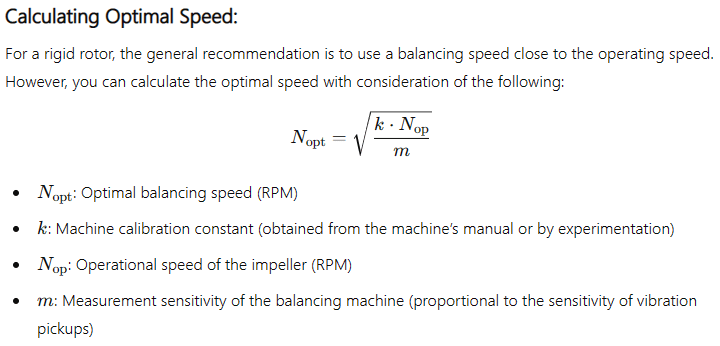Hi all,
We recently ran into issue where the impeller we are supposedly balancing is yielding different unbalance mass when we spun it at different speeds, which makes sense given the sensitivity threshold and vibration.
Although, it is a common knowledge on obtaining the tolerance for unbalance using the G standards from ISO, I am having hard time finding an equation that can provide me the optimal speed to spin the impeller on the rotor, to give the most accurate readings.
Any advice on this matter is greatly appreciated. FYI, We are using a Schenk CAB700H, H30 MODEL.
thank you
We recently ran into issue where the impeller we are supposedly balancing is yielding different unbalance mass when we spun it at different speeds, which makes sense given the sensitivity threshold and vibration.
Although, it is a common knowledge on obtaining the tolerance for unbalance using the G standards from ISO, I am having hard time finding an equation that can provide me the optimal speed to spin the impeller on the rotor, to give the most accurate readings.
Any advice on this matter is greatly appreciated. FYI, We are using a Schenk CAB700H, H30 MODEL.
thank you

